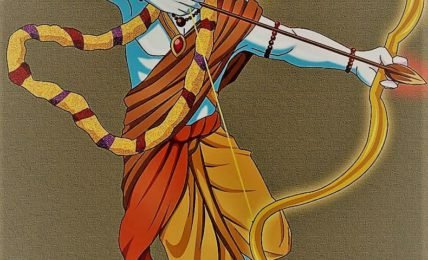Who is Shiva?
To my understanding, Shiva is our highest possibility. Hinduism has always maintained that not only is it possible to experience and live the Divine, Divinity is our inherent nature. Shiva is the pure consciousness, without any attributes, other than absolute stillness upholding intensest activity, the ineffable, the formless and the all-pervasive. One of the highest realizations of Vedanta is Shivoham, that Shiva am I. It is only appropriate that he who is nothing, is also the dance of the cosmos as Nataraja, and the fourth state of awareness beyond waking, sleep and dream, known as turiya. And his oneness with Shakti gives us one of the profoundest symbols of male and female complementarity in the ardha-nareeshvara.




